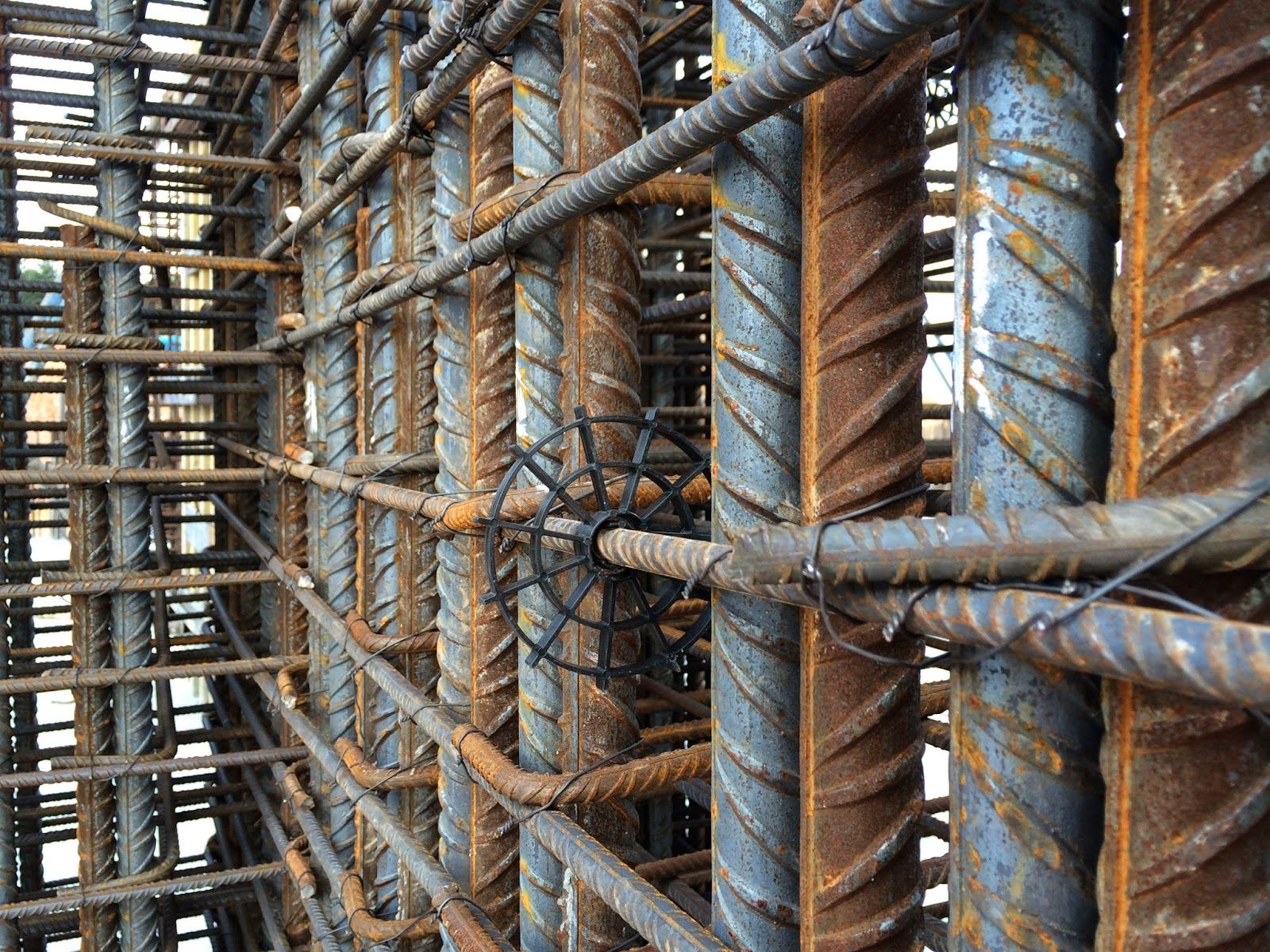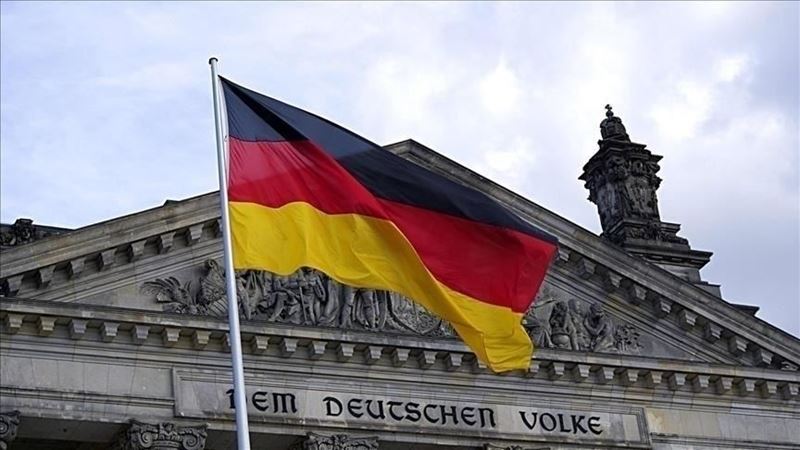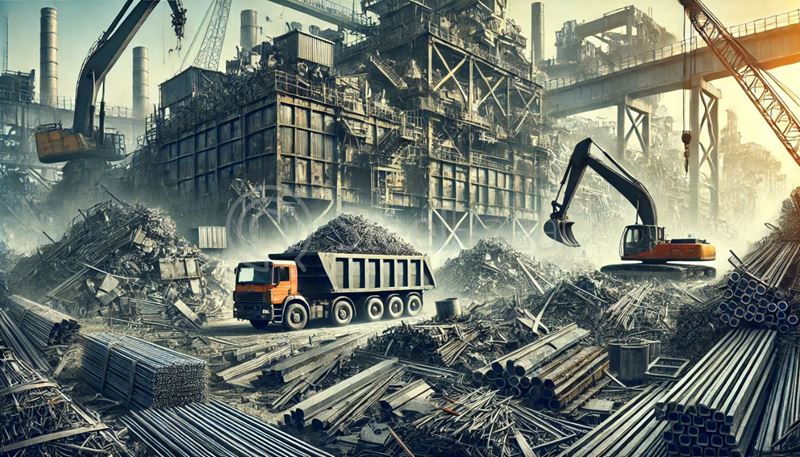Steel production expert and market analyst Marco Piccardi closely examined the Turkish market after the devastating earthquake occured in Turkey last February. According to recent reports evaluated by Marco Piccardi; He states that the Turkish market will need between 2.5 mt and 3 mt of rebar to rebuild the houses destroyed in the earthquake, and this is a medium or long-term process. It will take time for demolition and debris to be cleared for the bidding process to become effective, according to Piccardi. In addition, anti-seismic rebar is constructed from a billet that possesses technical features that are not present in standard 3sp, 4sp, or 5sp grade billets. During this period, everything will be determined according to the procedures determined and approved by the Turkish Republic. Anti-seismic billet is the right product as the higher carbon content increases durability while reducing ductility. The carbon content in anti-seismic rebars must be carefully managed to achieve a balance of strength and ductility. Chromium, as well as microalloying elements such as vanadium, niobium, and titanium, are required to increase the mechanical characteristics of rebars in order to improve strength, toughness, and seismic resistance. And finally he adds, "it will be necessary to manage the residulas at the lowest levels, as is characteristic of a blast furnace steel billet" and that it's not going to be easy.
What's the right material in earthquake housing?
Steel production expert and market analyst Marco Piccardi evaluated the impact of the earthquake on the Turkish market.









Comments
No comment yet.